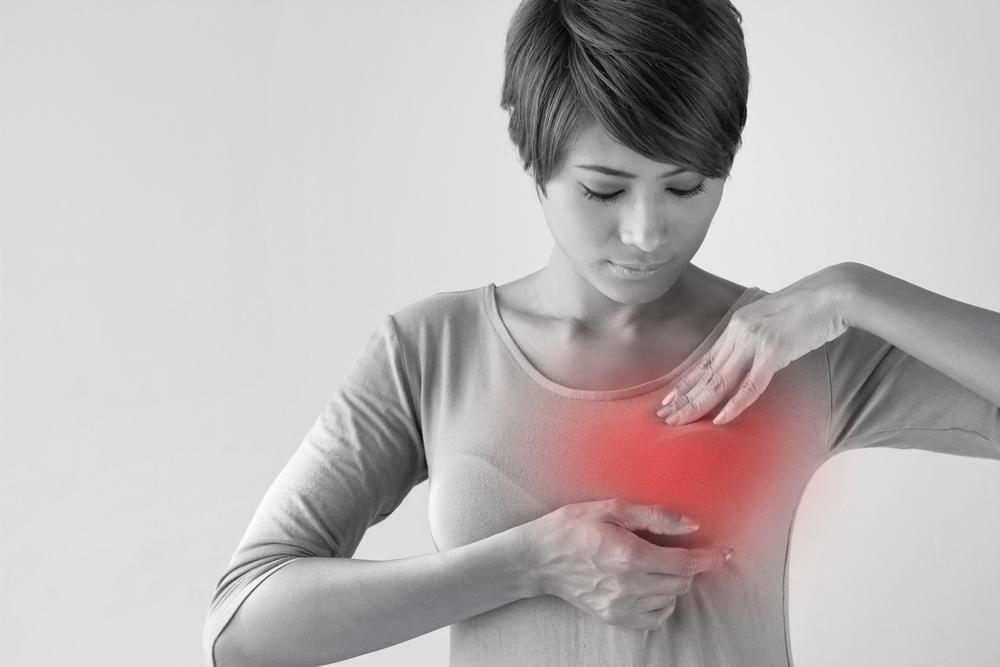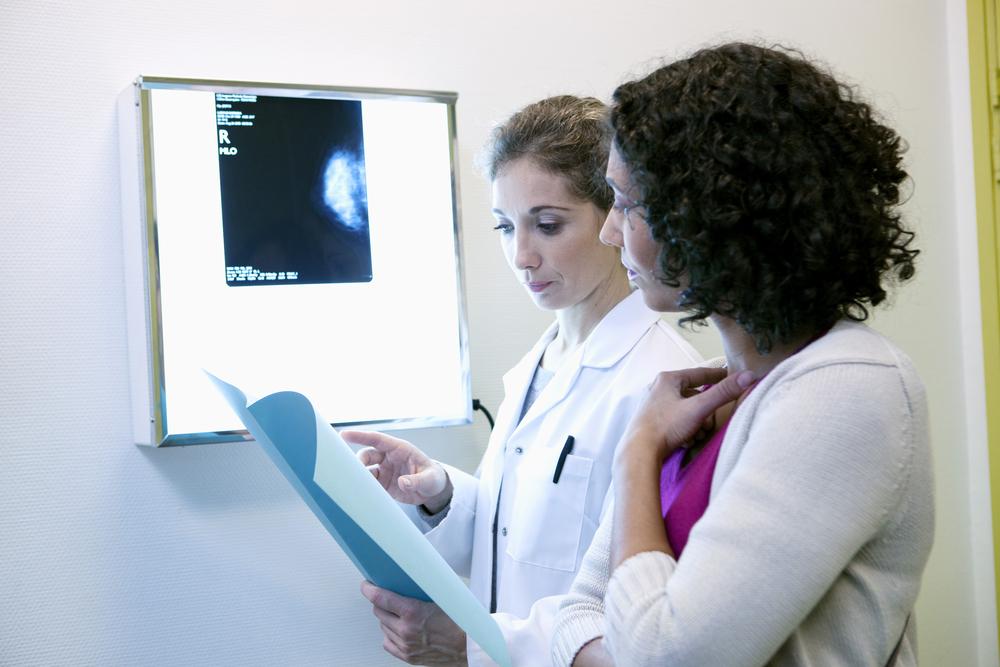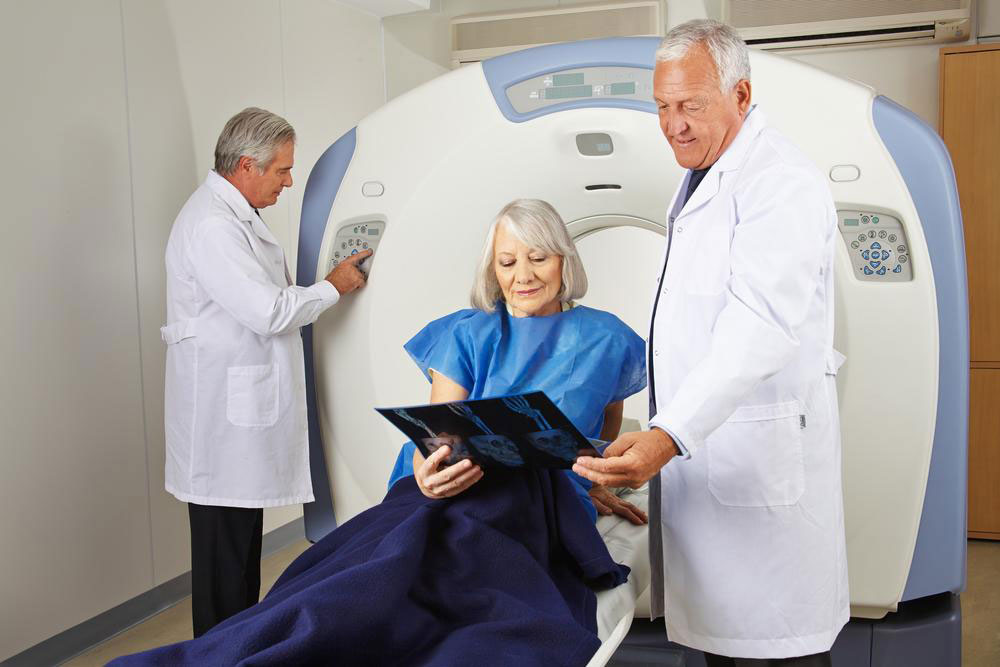Comprehensive Guide to Breast Cancer Detection and Treatment
This comprehensive overview details breast cancer types, diagnostic methods, signs of metastasis, and recent treatment advancements. Emphasizing early detection and innovative therapies, it highlights crucial information for patients and caregivers seeking awareness and hope for combating this disease effectively.

All-about Breast Cancer
“Your diagnosis does not define you. Your strength and resilience do.” – Anonymous
The female breast, made up of various tissues, is a highly sensitive area. Naturally, multiple types of breast cancer exist. Like other cancers, it often begins silently without noticeable symptoms. Increased awareness campaigns have emphasized self-examination, which is vital for early detection. Detecting lumps early can make cancers highly treatable, preventing progression to advanced stages. Advances in detection and treatment have lowered mortality rates, yet some cancers remain deadly despite these improvements.
Types of Breast Cancer
Angiosarcoma originates within blood and lymph vessels; it's a rare form.
Ductal Carcinoma In Situ (DCIS) is a common, early-stage, treatable breast cancer with minimal invasion risk.
Invasive Lobular Carcinoma develops from milk duct cells and can spread beyond initial sites.
This invasive nature influences treatment strategies. Other types include:
Inflammatory breast cancer, a fast-progressing and rare form marked by swelling, redness, and pain.
Paget’s disease affects the nipple and areola, often linked to ductal carcinoma, usually in one breast.
Male breast cancer is uncommon but possible.
Recurrent breast cancer refers to cancer reappearing after initial treatment, either locally or elsewhere.
Diagnostic Procedures for Breast Cancer
Screening begins with a mammogram, moving onto diagnostic imaging such as ultrasound, MRI, and finally biopsy.
A core biopsy involves guiding a needle into suspicious tissue to extract cells for analysis.
Pathologists assess these tissues to determine cancer type, stage, and grade.
Signs of Metastatic Breast Cancer and Treatment Implications
Symptoms depend on affected organs.
Bone involvement presents as swelling, pain, fractures, and fatigue.
Brain metastases cause headaches, vision changes, nausea, and behavioral shifts.
Lung metastasis may cause persistent cough and breathing difficulty.
Liver involvement results in jaundice, bleeding, and abdominal swelling.
Emerging Treatments for Advanced Breast Cancer
Traditional therapies like chemotherapy and radiation may be ineffective in some cases.
Immunotherapy, including monoclonal antibodies and vaccines, aims to activate the immune system against cancer cells, with promising trial results.
Advanced chemotherapy utilizing new agents has shown significant effectiveness.
Hormone therapy offers hope for hormone receptor-positive cancers by blocking estrogen or progesterone receptors to inhibit growth.










